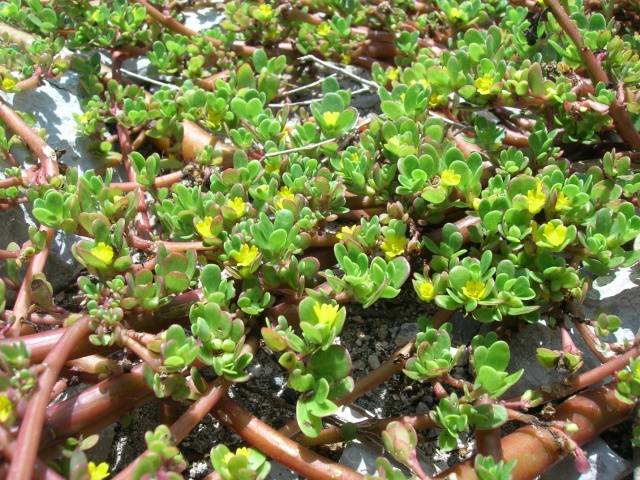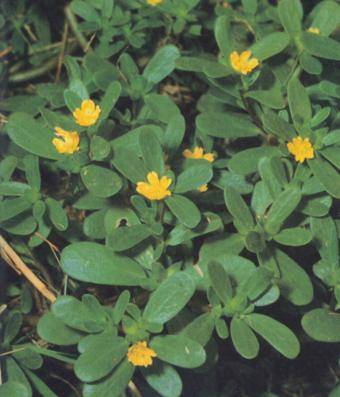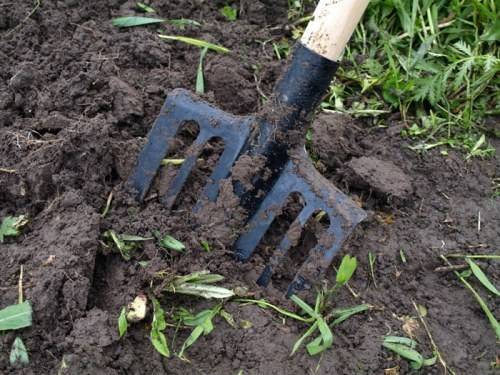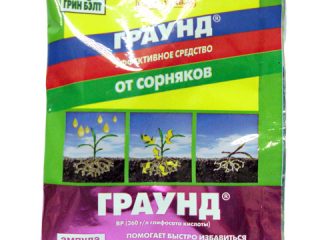Content
Among a large number weed, growing in fields, gardens and vegetable gardens, there is an unusual plant. It's called purslane. But many gardeners and vegetable gardeners probably know this plant as rug, sucker, butternut, fatty, chicken leg. The invasion of this weedy garden plant can begin even with one seed flying onto the site. Soon all the beds and paths will be covered with a green mat of purslane. Then the question will be how to get it out.
That is why many gardeners are interested in how to get rid of purslane, what control measures and means will have to be used. Although several thousand years ago this plant was one of the products used in cooking for the treatment of various diseases. Residents of Central Asia even today prepare delicious dishes from purslanes, salting and pickling red-brown shoots and green leaves.
Beneficial features
The first mention of the healing properties of a garden plant can be read in the works of the Persian scientist Avicenna. It was he who compiled recipes using purslane to treat various diseases. Only the above-ground part of the weed is used for preparing potions.The green mass and stems of the weed contain large amounts of:
- carbohydrates and proteins;
- glucose, galactose and sucrose
- vitamins A, E, C, B1, PP;
- organic acids;
- norepinephrine;
- macro- and microelements: iron and copper, manganese and potassium, sodium and nickel, manganese, zinc and phosphorus.
The use of garden purslane is especially useful for elderly people and those with poor health. The chemical composition of the medicinal plant is such that eating green mass or preparing tinctures strengthens the human immune system, increases vitality, and removes toxins from the body.
Beneficial features:
External and botanical characteristics of purslane
Wild purslane is an annual plant that grows almost everywhere. Its thickets are found not only in gardens, orchards and fields, but also along the banks of rivers, lakes, in forest clearings, and along roads. The plant itself is unpretentious, capable of surviving in any conditions, not afraid of heat, but dies at the first frost.
The plant grows slightly higher than 20 cm, blooms its numerous serpentine shoots up to 45 cm long. They are red-brown and fleshy. All the plants are clearly visible in the photo. Do you think it’s easy to remove so many weeds from the garden?
The shape of the lush green leaves varies depending on the species. In wild purslane they are round, similar to a spatula.
The weed blooms almost all summer with small, inconspicuous yellow flowers.Ripening of small seeds (about 8 mm) occurs many times. One purslane plant can produce almost 38 thousand grains during the growing season. For seeds to germinate, moist soil and a temperature of + 24 degrees are required.
It is clear why getting rid of a spreading sandwich (there is something in common with a ghoul) is not so easy.
Ways to fight
Since the purslane weed growing in the garden is a highly branched, creeping plant that can survive in any conditions, it must be combated when shoots emerge, before it blooms and scatters seeds throughout the area. If a gardener or gardener misses this point, the work will increase significantly. Control the weed without giving it the opportunity to reproduce. Imagine how much weed will appear on the site, given the huge number of ripening seeds! All of them will interfere with the growth and development of vegetable crops.
We remove weeds without chemicals
How to deal with purslane without using chemicals?
- The weed propagates by seeds and cuttings. Therefore, the mechanical method of removing purslane is suitable like no other. But the job must be done correctly. When pulling out garden purslane, you need to remove all the smallest pieces so that the shoots cannot take root. Weeding an area of purslane is the most basic and effective method. Operations to clean the area should be carried out every 7 days. We fight garden weeds without letting them “raise” their heads. Experienced gardeners write: “I pull out the garden purslane by the roots and put it in the sun. I lay out the bunches not on the ground, but on some kind of covering so that the lashes do not come into contact with the ground.”It should be remembered that the plant is juicy and fleshy, so it will take a lot of time to dry completely. To remove purslane weed, you cannot use a cultivator, pruning shears, hoe or flat cutter: the garden will become even more overgrown with weeds.
- How else can you remove purslane? Mulching is one of the agrotechnical techniques related to the issue of garden purslane and how to remove it. Straw, hay, peat, and sawdust are suitable as mulch. You can cover the area with an overgrown rug with a piece of roofing felt, boards, cardboard or dark film. The main thing is that the weed does not receive light and moisture. This method is widely used by gardeners in garden beds. There are a minimum of weeds, and the soil is always moist and loose. Mulch should be laid in a layer of 3 to 5 cm.
- Digging the soil. Many summer residents are interested in the question of how to get rid of purslane in the garden. Let us immediately emphasize that it is not advisable to use a shovel for work. After all, it cuts the stems of the weed, thereby promoting its reproduction. Dig the soil with a pitchfork to a great depth so that the seeds go as deep as possible. They germinate at a distance of 2 cm from the soil surface. In this case, not only the shoots, but also the roots of the weeds are selected.
- Experienced gardeners rid their plots of the purslane weed with the help of emergency watering. A week before the expected emergence of weeds, the area is carefully dug up and watered for several days in a row. In less than a week, the seeds will begin to sprout and small pink dots will appear. This is the purslane weed growing. Now you need to select all the plants with your hands and remove them from the site.
Generally, agricultural weed control measures are most often successful.
Chemical treatment
If you got a plot of land from careless owners, then traditional methods of removing purslane will not help. Weed control can only be successful with the use of continuous action herbicides. The use of chemicals should be timed to coincide with the autumn harvesting of the site, when the entire harvest is already in the bins. It is best to use a double solution to kill chicken leg weed, combining Roundup with other drugs. It can be Octigen, Pyramine, Lapis lazuli. First they pour Roundup, then any other one. The solution must be diluted strictly according to the instructions. Used for spraying purslane weed.
As a rule, after two weeks there will be no trace left of purslane. You can also control weeds with herbicides in the summer if they grow on paths and along fences. The main thing is not to touch cultivated plants when spraying, otherwise they will become the same as weeds in the photo.
Let's sum it up
No matter how useful purslane or chicken leg may be, the rug, first of all, is a terrible weed that interferes with the growth of cultivated plants on the site. We tried to briefly talk about how to remove the weed purslane and about measures to combat this plant. Each summer resident must choose a method independently. But most often, modern gardeners try to do without chemicals on their plots.














